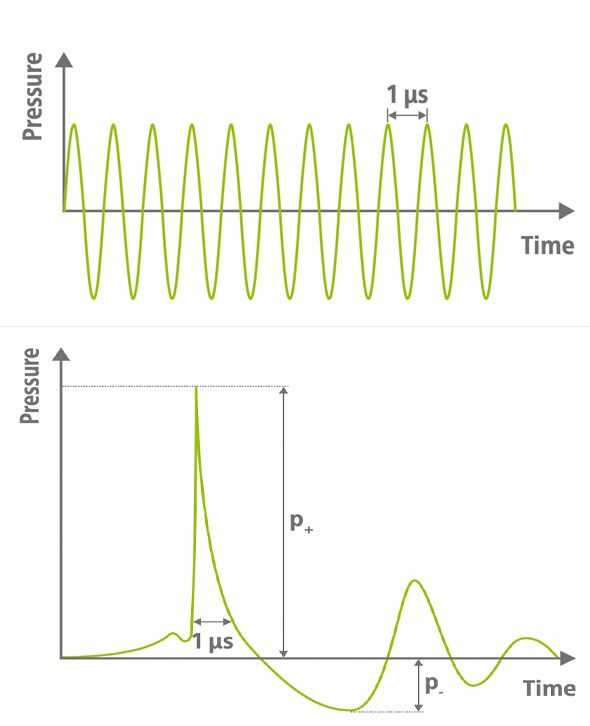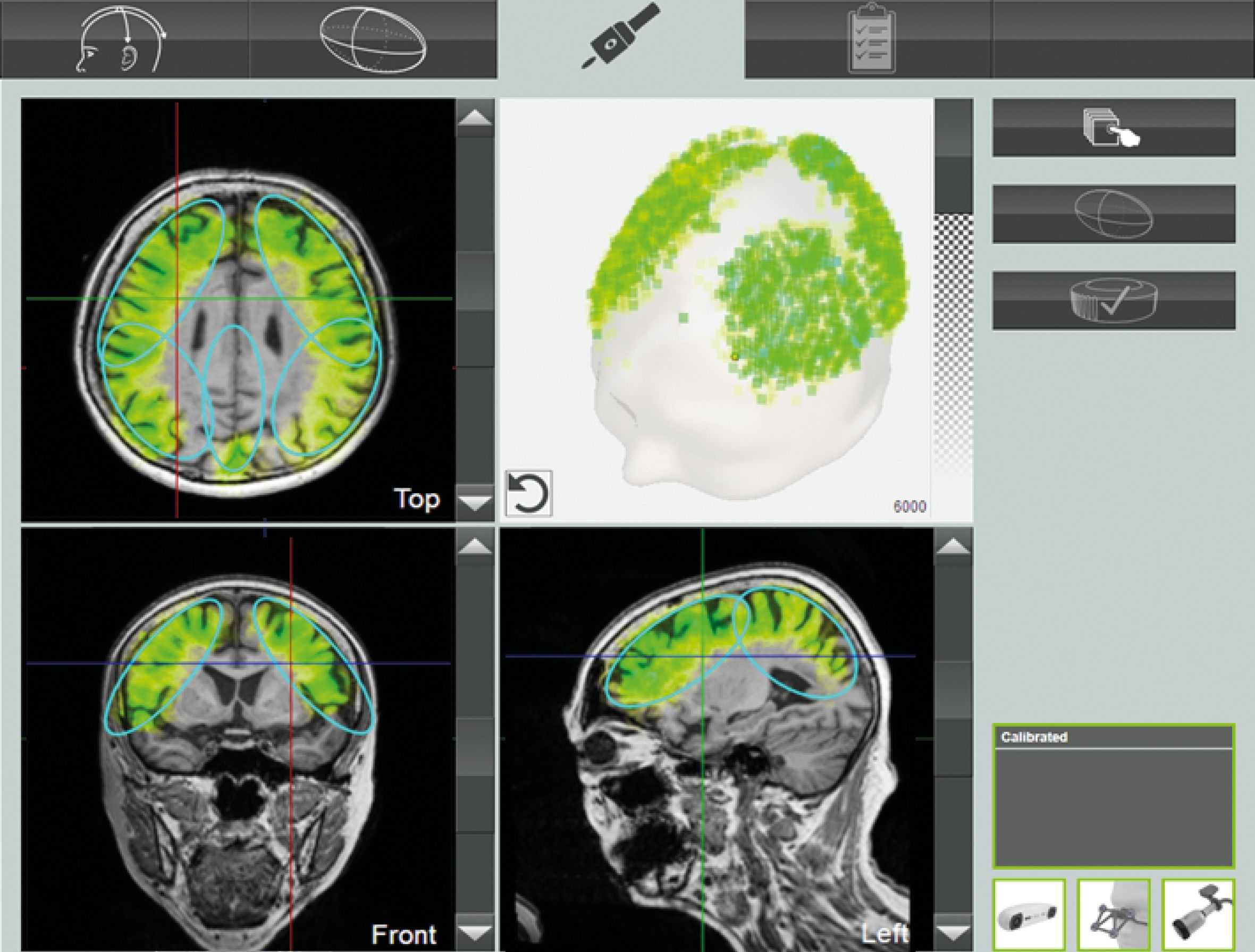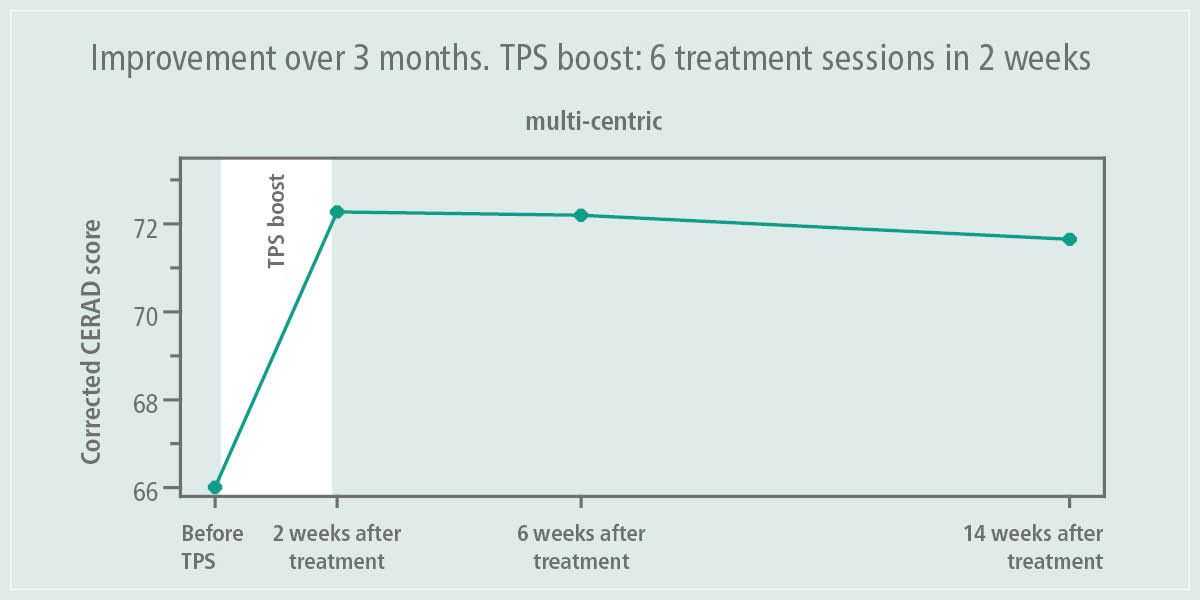TPS® Guide
Transcranial Pulse Stimulation
Shock waves are acoustic pulses that have been successfully used since the end of the 1980s to treat various clinical symptoms, such as extracorporeal treatment of kidney stones, diseases of the locomotor system, as well as pseudo-joints, to stimulate angiogenesis, in the case of abnormal wound healing and the treatment of angina. In the mid-1990s, the effectiveness of shock waves in neurological disorders such as post-traumatic contractions and spastic paralysis was recognized. In 2015, the first treatments were performed on patients with Alzheimer's disease at the University of Vienna. In 2018, transcranial impulse stimulation (TPS®) using the NEUROLITH® system received, as the only method of this kind, approval for the treatment of the central nervous system in patients with Alzheimer's disease. Other neurological conditions, such as Parkinson's disease, and psychiatric disorders, such as depression, are undergoing further clinical trials, research, and development.
Shock waves and ultrasounds
Both shock and ultrasonic waves are acoustic waves that occur in a similar frequency range. Nevertheless, they differ significantly from each other. While a continuous wave with numerous oscillations characterizes ultrasound, a shock wave is characterized by a single shock pulse followed by a stretching wave with a smaller amplitude. In addition, due to the fluctuating high-frequency exposure, the energy of the ultrasound waves is absorbed by the tissue and can heat it - an effect that is not observed with shock waves. Thus, TPS stimulation does not cause tissue overheating.




